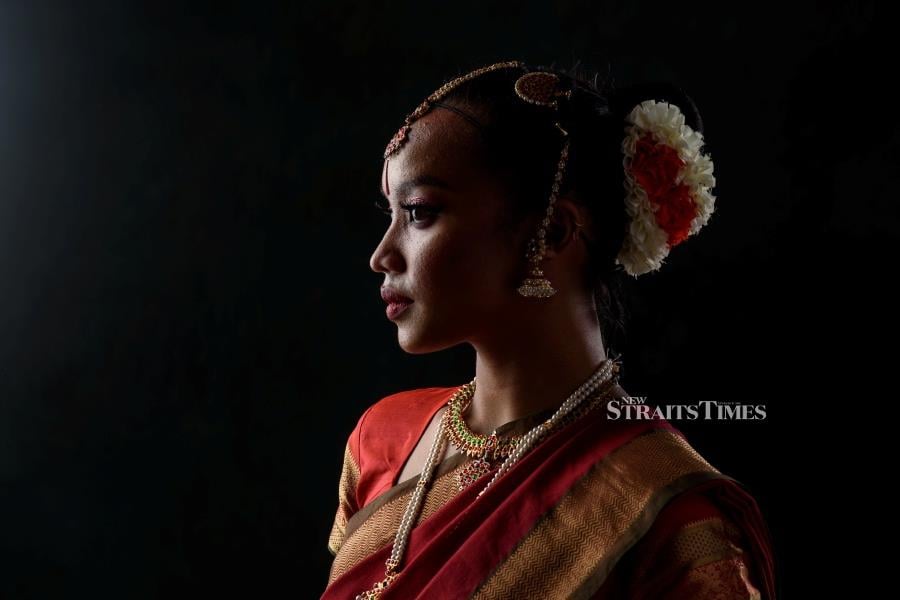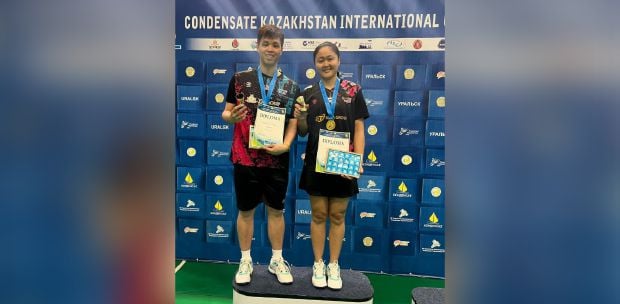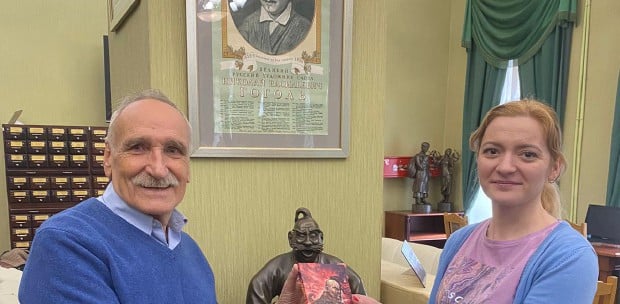"EEEEEE takuttttt (scary)!" squeals the striking-looking girl with the long dark hair seated across from me in a bustling cafe in Bangsar. Her large, expressive eyes widen at the sight of the recorder which I'd discreetly pulled out from my bag and placed in front of her on the table.
Her companion, a sweet-looking Chinese girl, whose dangly dancer earrings caught my eyes when I shook her hands minutes earlier, chuckles at her reaction before proceeding to assuage her friend's fear. "Buat tak tahu (just ignore it)," she whispers, before patting the girl's arm reassuringly.
For someone whose vocation entails being in the limelight and performing under the scrutiny of hundreds, Fatin Nadhirah Rahmat's bashfulness is, I find, rather unexpected but incredibly charming. The Melaka-born dancer, a product of the National Academy of Arts, Culture and Heritage Malaysia (Aswara), where she graduated with a Bachelor of Dance (Honours) majoring in Performance in 2020, will be presenting her solo debut of her Bharatanatyam Arangetram at the Temple of Fine Arts in Brickfields on June 24.
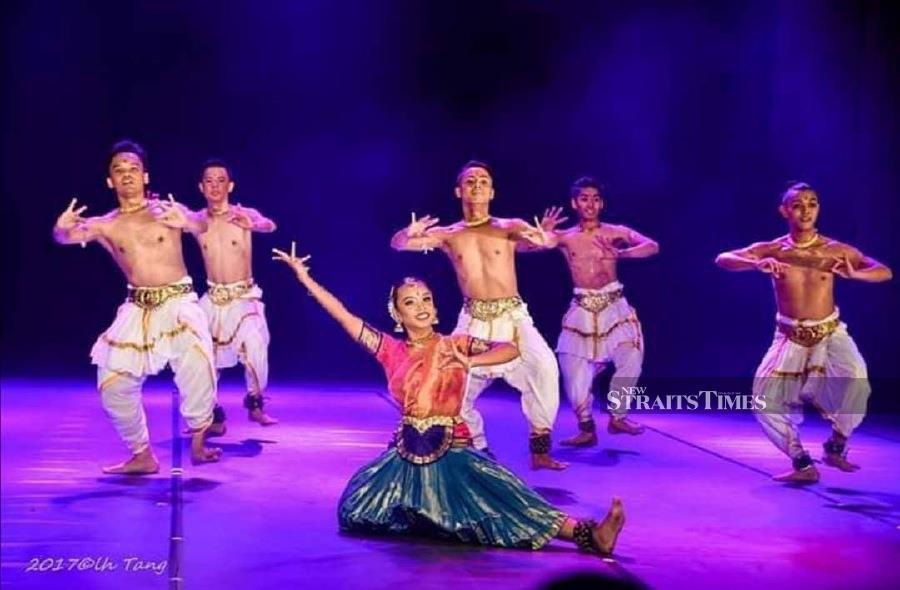
"It's like my final graduation piece… I perform what I've learnt over the one year – from the first dance to the last. Kan (right)?" begins Nad, as she's fondly called, suddenly turning to her companion seated next to her for confirmation.
Her head bobbing to concur, Kimberly Yap Choy Hoong, the vice-director of ASK Dance Company and another of Aswara's top talent, elaborates: "The idea behind Arangetram is like, it's a public declaration that you've graduated… in a sense that you can, after Arangetram, further explore the art form in a deeper sense as well as teaching it."
Continues the pretty 32-year-old: "There are seven items or dance pieces in total. The performance is three hours long and you basically get to see the performer/graduate showcasing her mastery and technique, in terms of form."
There are two parts, Yap elaborates as she casts another reassuring smile in her friend's direction. "The first is pure dance movements. There are no narrations to the dance items that she'll be performing in the first half. For the second half, Nad will be showcasing stories, which would involve much of her face. We call this Abhinaya. That's how the dancer showcases her mastery of expression as well as movement. It's going to be fun watching Nad because each dancer has his/her own way of expressing the stories."
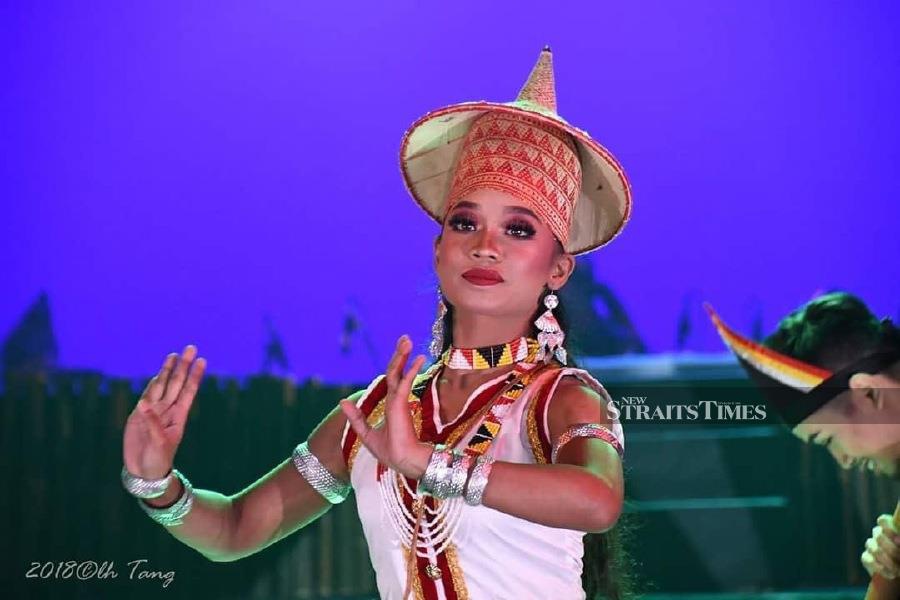
A much sought-after performer and choreographer in the commercial dance circuit, working on TV shows and music videos for Elizabeth Tan (Shh), Ernie Zakri (Boneka), Shiha Zikir (AEWO), Wany Hasrita (Pedas), et al, Nad has performed in all significant Aswara productions, such as Jamu, Gelombang Baru, TARI, and Main Zapin from 2015 to 2020.
She was awarded Best Female Dancer at Short+Sweet Malaysia 2016 for Sharm Noh's choreography entitled Ketuk, and also performed in Dancing in Place at Rimbun Dahan organised by MyDance Alliance, SoundDance by RAW Art Space, Dancebox and more.
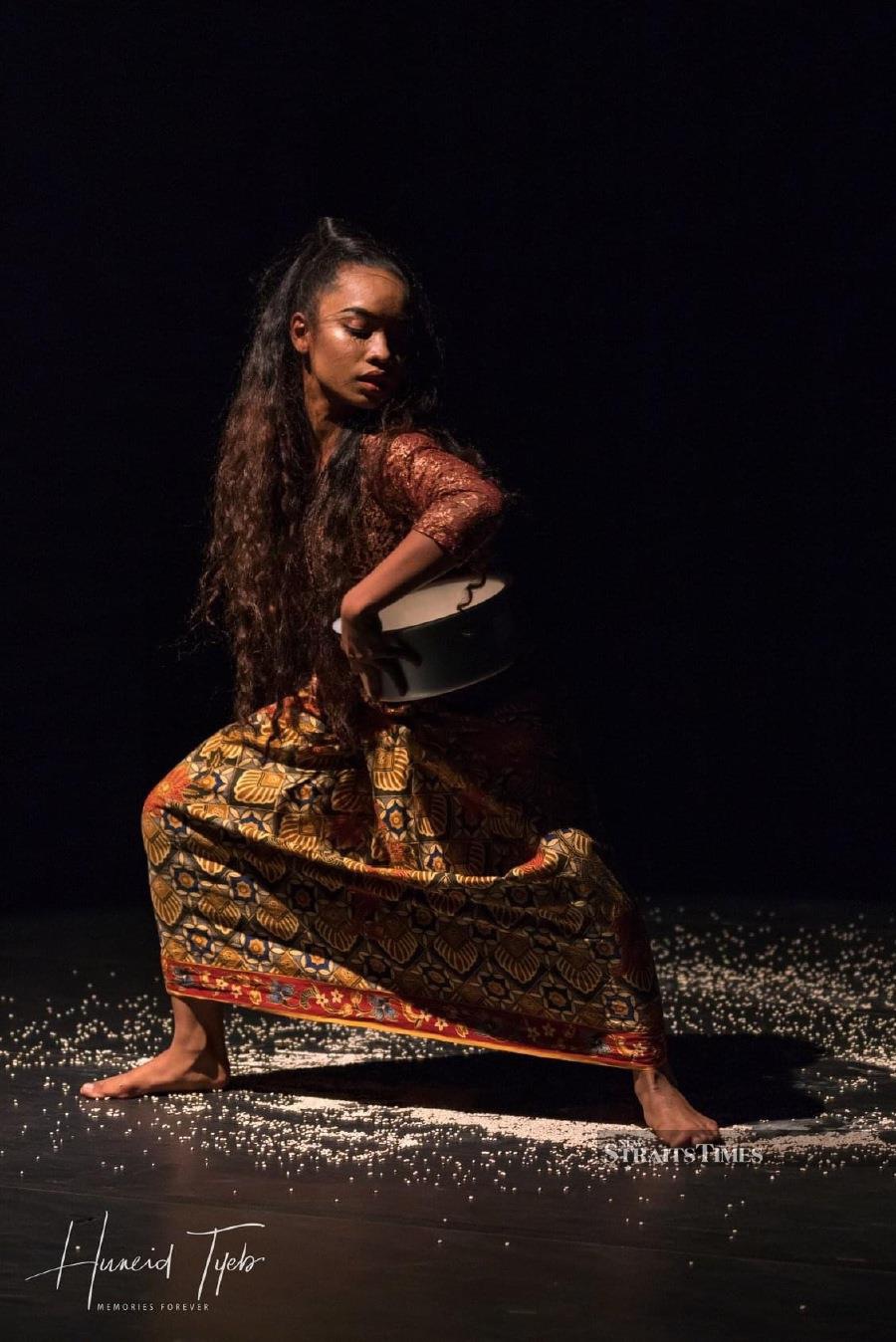
In August 2019, Nad, who's a professional performer with ASK Dance Company, participated in the residency by Hofesh Shecter (one of the world's most successful contemporary dance choreographers) in Perth, Australia, sponsored by MyDance Alliance, and subsequently competed in Dansa Dansing, a competition on television.
Her other international credits include performances in Acheh, Singapore, Jakarta and Songkhla. In 2022, she performed with the Roots of Dance collaboration project in Poland and the Khajuraho International Dance Festival in India.
FOR THE LOVE OF DANCE
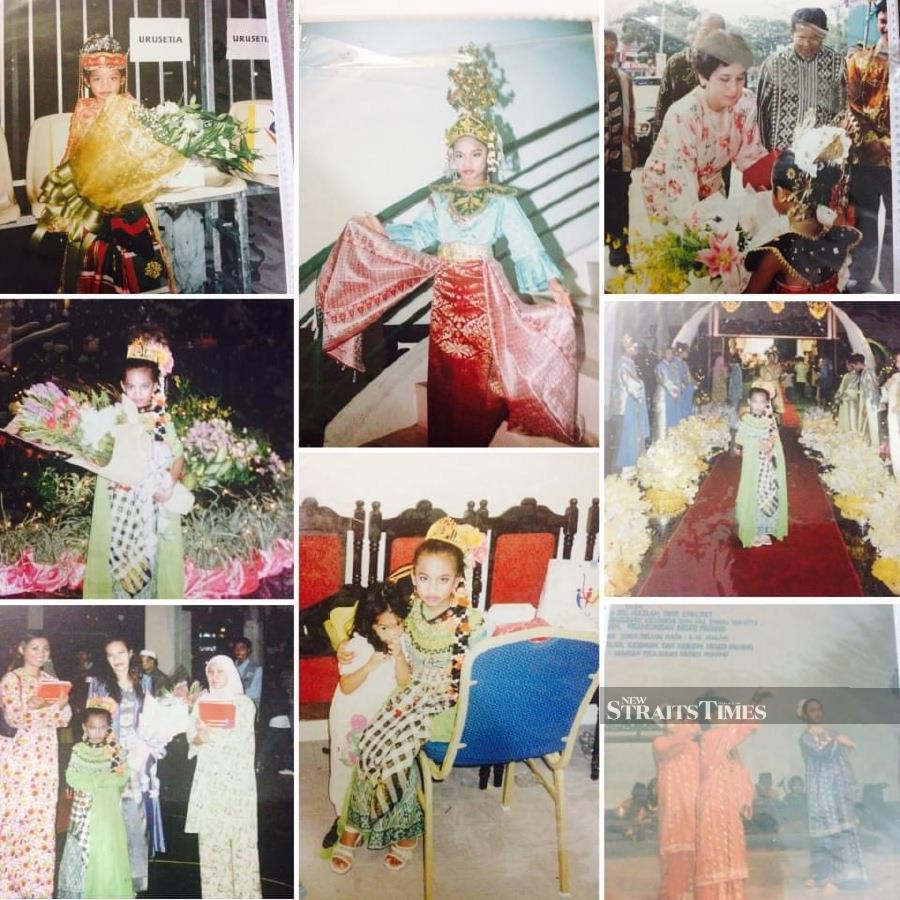
"My family initially ada lah (had been) fearful that I'd stray off the 'path' kind of thing. Because of the Hindu elements in Indian dance," confides Nad, when asked about her passion for Indian classical dance or Shastriya Nritya, an umbrella term for various performance arts rooted in Hindu musical theatre style, whose theory and practice can be traced to the Sanskrit text, Natya Shastra.
"Some family members who came up to me asking why I was learning it when I could just learn Malay dance, for example," shares 27-year-old, her expression earnest. Then, with a slight shrug of her shoulders, she continues: "I kept reassuring them that I just wanted to learn the dance form and had no intentions of being sooo deep into it. I like to learn so I can dance it. The important thing is our intention. We know what we can or can't do."

Her head nodding in agreement, Yap chips in: "Yes, the dances are very closely associated with the Hindu temple. But when we were learning it at Aswara and, later, at ASK Dance Company, the teachers ensured they created a very 'safe' environment for us to learn, without forcing us to really learn the religion."
Continuing, she says: "If there are any rituals, which are religious in nature, our teachers make it clear that we can skip it. We don't have to do anything that's against our beliefs. There are some things we do out of respect. At the end of the day, they just want to teach us the art form for our knowledge so we can learn to cherish it and give it the respect that it deserves. You can pursue it to the highest level without that fear of converting."
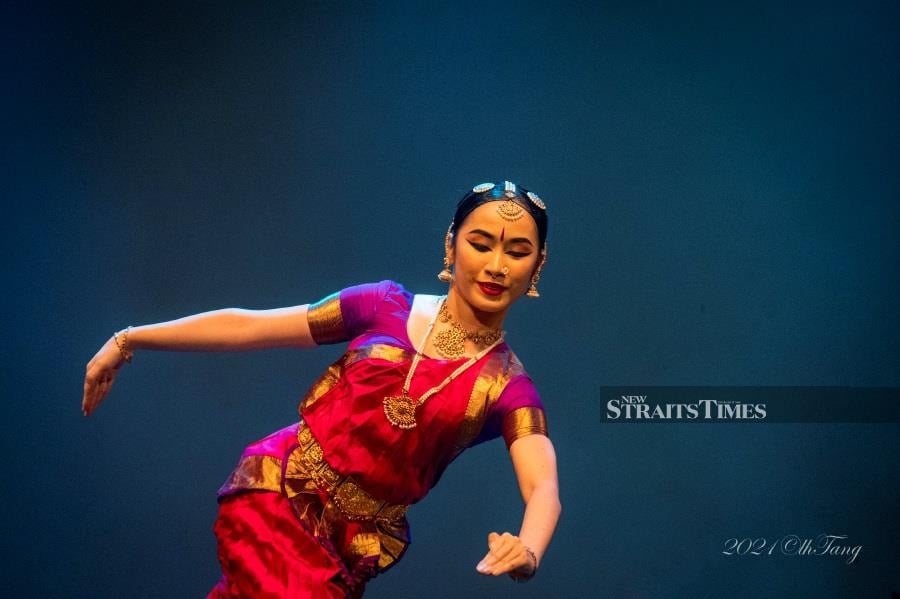
Yap, who performed her own solo debut of Bharatanatyam Arangetram in 2017, confides that in the early days, she too had to deal with questions regarding her passion for Indian classical dance. "I come from a very conservative Christian background and I recall having to field a lot of questions from my church. They were concerned and asked why I wanted to do this art form when it's so closely associated with Hinduism."
And what did you say, I can't help blurting out. She smiles before replying: "I said I wasn't doing it to convert. I was doing it to learn and understand my friends through this art form. In so doing, I discovered that I grew to have a greater respect for their (Indian) culture and to really cherish this racial harmony that we have in Malaysia. They eventually stopped!"
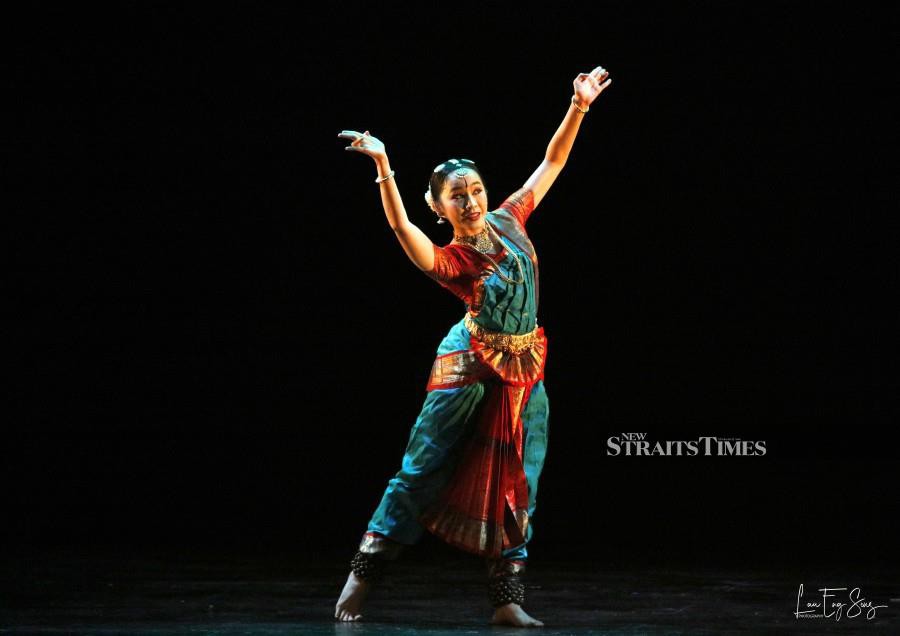
Her smile serene, Yap, a certified ballet teacher, confides that she'd always been fascinated by the Indian culture. "Growing up, and especially during my primary school years, I was surrounded by many Indian friends," she recalls.
Adding sheepishly, Yap shares: "Also, I couldn't speak Chinese very well as I was brought up in an English-speaking home. I remember having lots of Indian and Malay friends! One of my best friends came from the Temple of Fine Arts KL and that's how I developed this interest in Indian dance as well as Indian culture and practices."
MASTERING THE ART FORM

Nad, who'd hitherto been listening intently to her friend's answers, beams when I turn to her and ask to share her beginnings.
"I've been dancing since I was 7, when I was at Sekolah Kebangsaan Teruntum, Kuantan," replies the self-confessed introvert who cites her lecturer, Umesh Shetty as one of her heroes ("I just love the way he teaches and dances," she gushes). "One of my proudest memories of those early years was when I got the chance to perform at Malaysia Week in London in 2007 with Tunas Budaya Pahang. I was only in Standard 5."
I duly discover that Nad, who spent her formative years in Kuantan because of her father's work posting, hails from a creative family. "My father was, and still is, an officer in Jabatan Kebudayaan dan Kesenian or JKKN (Culture and Arts Department). Previously, he oversaw JKKN Pahang; now he's with JKKN Johor. Mum's a nurse," shares Nad, the third of four siblings.
Her elder brother used to sing and pursued vocal studies at UiTM's Faculty of Music. "I guess we followed ayah (dad). He did theatre and dance when he was younger," recalls Nad, continuing: "I started off as a flower girl. My father used to take me along for events. Whenever there were VIPs, I'd be giving out the flowers. As time went on, he'd take me to shows. I was around 5 or 6. When I turned 7, I started dancing."
The first dance she learnt was the Zapin, one of the most popular dance and musical forms in traditional Malay arts. The dance movements are choreographed according to melodies of musical instruments such as the gambus, accordion and rebana.
But it was the Inang, a dance performed to the beat of the rebana, drum and violin, that she preferred most, confides Nad. Chuckling, she shares: "This dance banyak gelek (rolling of belly) so when you're a kid, it looks really cute! Over the years, I discovered other dances and now my favourites are contemporary, hip-hop and of course, Indian classical dance."
Looking thoughtful, Nad muses: "You know, I don't know what I'd do if I hadn't discovered dance. I used to find it very difficult to talk to people so I'd express myself through dance. I was very introverted but became EXTRA extrovert when I started dancing. It just made me very happy."
UNEXPECTED AFFINITY
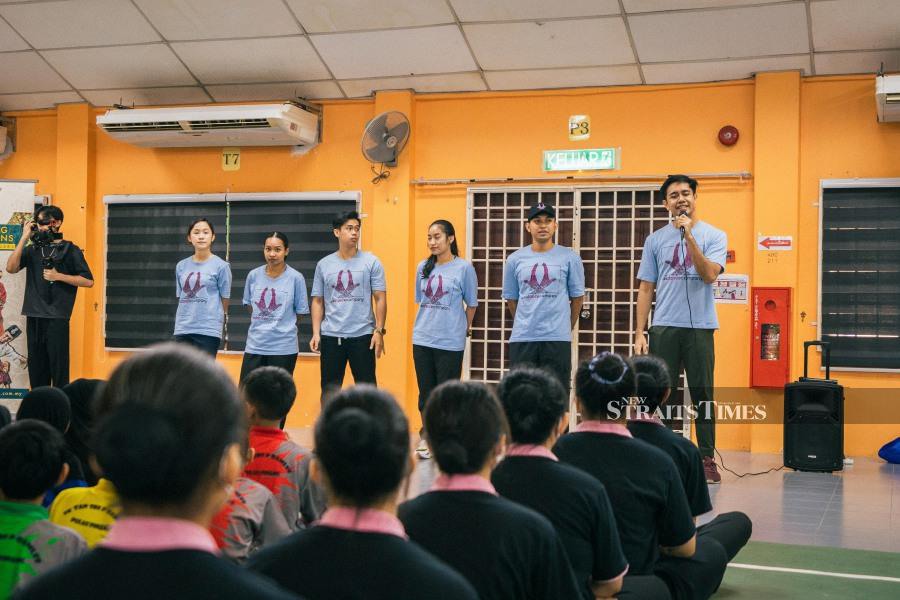
She was 18 when she joined Aswara. It was here that Nad was introduced to Indian classical dance. "I was pleasantly surprised to discover that I actually had an affinity and talent for it," she confides, adding: "It was just in me and came naturally despite the fact that I'd never danced it before. I really love the form, the lines and the way it's presented. It's very empowering."
Asked to describe the main differences between Malay and Indian dance, that look of bewilderment in her eyes flashes and she turns to Yap for help. "Macam mana nak cakap (how to explain)?" she asks, giggling girlishly.

And once again, her friend grins, before attempting to explain: "I don't think there's much difference. Both are 'grounded'. The movements and the dynamics are very 'earth-based'. Like in Malay dance, the women will always bend etc. and the same with Indian dance — you stay low. But with Malay dance, the lenggok (movement of the body) is softer, whereas in Indian dance, it's sharper. Also, it's a balance between feminine and masculine energy for Indian dance. And you go back and forth between that."
Continuing, Yap says: "Bharatanatyam is very much like story-telling. So, you become the male or the female, depending on what story you're reenacting. Or, it could be a pure dance, which means there's no storyline. It's mainly the aesthetics of the movement."
Nodding, Nad chips in: "For me, the most challenging thing is to understand the storyline. The songs are in Sanskrit. To be able to express effectively — from the movements of your eyes, body etc. — it's important to understand the story well. My teachers help me with this. But my problem is I forget easily!"
The sight of the girls furtively checking their watches reminds me that Nad has training in town to head for. Last question: What's your ultimate dream?
Yap, whose role model is Joseph Gonzales, a recognised expert in the choreography and interpretation of traditional dances in Malaysia and who's prominent in the field of dance pedagogy, is the first to answer as Nad pauses to reflect.
"I want to bring dance forward and show to the new generation how empowering it can be," she replies, adding: "I love Joseph Gonzales because of the passion and vigour that he displays — not only in talking about dance, but also in educating others about its power and how it can change lives."
And Nad, I ask, noting her grin.
"I want to be famous. I want everyone in the world to know my name!" she exclaims, those expressive eyes flashing with purpose. Then breaking into a hearty chuckle, Nad concludes: "I mean, you need to aim for the stars, kan?"


